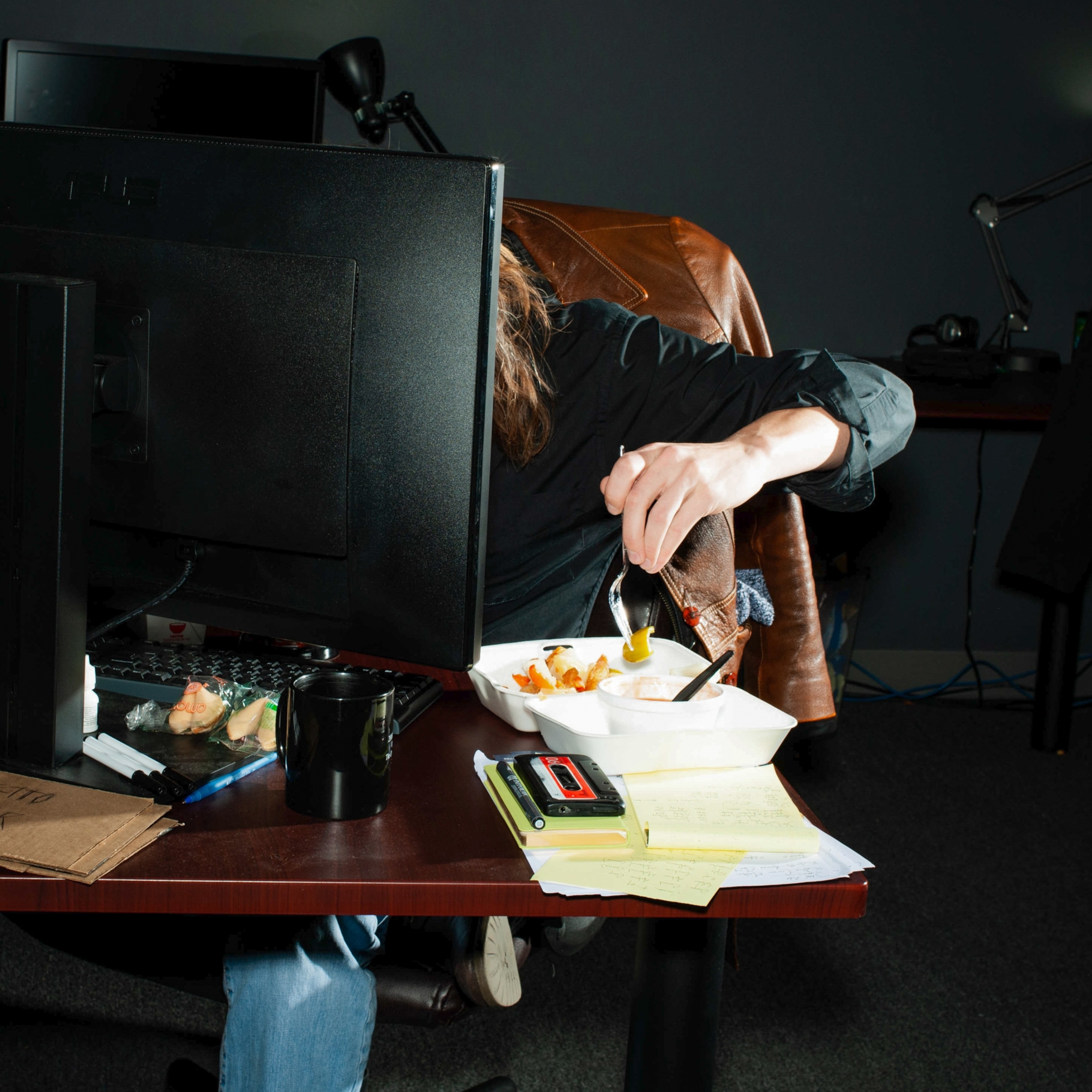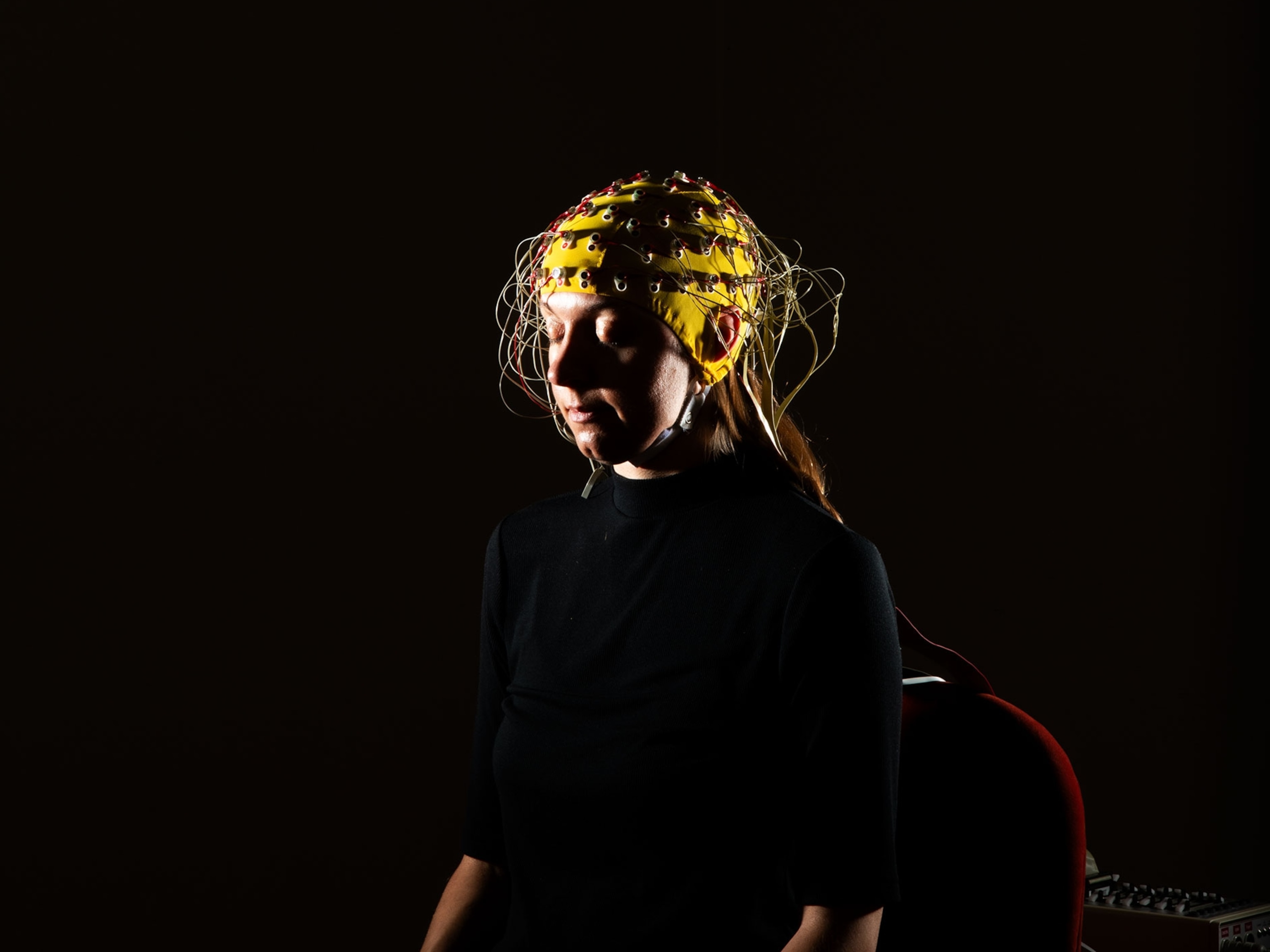
How chronic stress and racial trauma are related
The exclusion of racial trauma from the main mental health diagnostic manual can make it hard to get help. This is how people can find support.
While PTSD is a form of chronic stress where the initial stressful event has passed, other forms of chronic stress arise when the event is ongoing, such as racial trauma.
The Diagnostic and Statistical Manual of Mental Disorders (DSM) overlooks this experience, despite plenty of people trying to figure out how to live with the effects of racial trauma in a resilient way—choosing a response to chronic societal stress that leads to growth rather than harm. While the exclusion of racial trauma from that official diagnostic handbook can make it difficult to receive validating, effective mental health support for it, adding it in may not be the answer either. Some experts worry that putting racial trauma in the DSM would dismiss people’s experiences in other ways—namely by pathologizing an adaptive response to an unjust world.
Juliette McClendon is a clinical and research psychologist who formerly studied post-traumatic stress disorder at the VA Boston Healthcare System and co-founded a private practice. She offers a few examples of such responses: a Black person, especially in the United States, feeling on guard at the sound of police sirens; code-switching (changing speech in different environments); or staying hypervigilant in a workplace where they’re the only person of color by documenting all their professional interactions. These are basic ways of staying safe.
“There are a lot of healthy adaptations to racism, but what we can see sometimes, when somebody is experiencing racial trauma, is that the adaptation has started to interfere in other parts of their life,” McClendon says. “It’s one thing to be on guard when you hear a police siren, it’s another thing to constantly be on guard every time you leave your house, but it’s understandable.”
Living with systemic racism
Despite the open debate about formalizing psychiatric treatment for racial trauma, cognitive behavioral therapy and dialectical behavioral therapy are among the current mental health care options best suited to helping people live their healthiest lives within the realities of systemic racism. The hallmarks of these mental health interventions are to build healthy mindsets and coping strategies to help a person thrive amid challenges. This approach differs from psychoanalysis, for example, which tends to concern itself with delving into how past experiences have shaped us.
In McClendon’s practice, they approach racial trauma by going beyond someone’s internal experience. “We have to take into account not only the individual and what they’re doing but also their community—their broader environment—and how they can find tools, skills, resources, [and] outlets to reduce the impact of discrimination on their life.”
Partnering with a therapist who fully engages with a client’s background can add an extra layer of effectiveness to cognitive and dialectical behavioral therapies—whether it’s because therapist and client share an identity, or because the therapist has training in cultural responsiveness. McClendon hopes to see the latter as an increasing norm in the field. However, the realities of accessing this type of mental health care can present their own set of stressors.
In the U.S., people across different races and ethnicities have similar rates of mental health disorders, yet such disorders are more likely to go untreated in communities of color. Also consistent across race and ethnicity populations in the U.S. is that the most cited barriers to mental health care are cost and lack of insurance. Additionally, there is a shortage of mental health professionals, in particular a shortage of mental health professionals of color.
“A lot of times people want to work with somebody who shares their cultural background, and they don’t have that option, so it can push people out of the mental health system,” laments McClendon. Once someone feels alienated from this care system, it’s difficult to get them back.
Remote therapy can work
Virtual therapy, also known as telepsychiatry, can lower some of these barriers. Research shows that it is nearly as effective as in-person therapy, and it is the best option in cases where severe anxiety or mobility may limit someone from accessing mental health care in person. These resources can transcend a geographical area, giving users a wider range of therapists from which to choose. However, insurance coverage for telehealth is a moving target.
The pandemic temporarily heralded unprecedented insurance model changes in the U.S., with Medicare and Medicaid covering virtual services and the loosening of some rules that formerly restricted practices from crossing state lines; however, with the waning of COVID-19-era rules, insurance companies are rolling back many of these dispensations. Access problems can also be social, not just logistical: Stigma remains a block to seeking out care.
If therapy remains out of reach, stress relief from racial trauma can also come from outside a clinical setting. McClendon offers a three-pronged approach: First and foremost, turn to inward-facing activities to dial down a fight-or-flight stress response that may be activated beyond a healthful level. Those activities will look different for everyone but might include calm, neutral experiences like meditation, creative practices, or reading.
Find the powerful connection
Once a person has gotten their body back to homeostasis, McClendon encourages people to assess their community. Partly that looks like finding supportive social connections, but it also includes identifying parts of a community that may be actively harming a person and figuring out how to better cope in the present circumstances. The last stage is growing into empowerment through enacting community change.
“A lot of times people who are experiencing racial trauma feel powerless because they feel like there’s nothing that they can do to change the world and change the fact that racism exists,” McClendon says. “I work with people to try and find for themselves: How can you be an activist?”
Beyond individual activism, it remains for the broader community to create and support environments that are healthy and safe for everyone. This is an ongoing effort that requires participation from people of all demographics.







